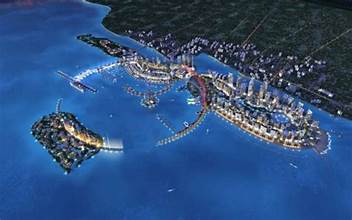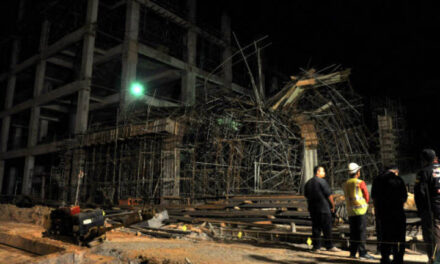Date: 20-Nov-2015
At the “Towards Sustainable Construction Waste Management in Malaysia” seminar, 200 participants from various fields were given a breakdown by Solid Waste and Public Cleansing Management Corporation (SWCorp) research and technology division director Dr Mohd Pauze Mohamad Taha.
Construction waste will come in the form of soil and sand, bricks, wood, metal and packaging. A large chunk of it, some 66%, will be concrete and aggregate and at the moment, only 15% of this waste is picked up by contracted waste management companies. The rest, as much as 85%, is left uncollected.
There is cause for concern even if the waste makes it to an approved landfill, said Department of Environment hazardous substances division director Norhazni Mat Sari.
She added that some of the waste could be toxic, including asbestos in plumbing fixtures; paints, varnishes, sealers, resins and adhesives; and soiled containers.
The Construction Industry Development Board (CIDB) estimates construction waste makes up 30% of our rubbish in total.
“We are commited to changing the current scenario,” CIDB technology development sector senior general manager Datuk Elias Ismail said.
 Together with the Works Ministry, CIDB has formulated a five-year plan under the Construction Industry Transformation Programme (CITP). One target is to reduce irresponsible waste. Incentives have been promised to spur private sectors to establish recycling plants.
Together with the Works Ministry, CIDB has formulated a five-year plan under the Construction Industry Transformation Programme (CITP). One target is to reduce irresponsible waste. Incentives have been promised to spur private sectors to establish recycling plants.
But while the government can provide the infrastructure for sorting, recycling and waste reuse and recovery, the initiative towards sustainable waste management will need the support of industry players.
In an enhanced plan, SWCorp has tabled an ambitious plan to recycle up to 70% of construction and demolition waste.
A quick guide from DOE shows how — doors, bricks, lighting fixtures and stairway banisters can be resold. Glass can be recycled into fibreglass or used in place of sand for paving. Asphalt can be turned back into aggregate and reused. Throw in some old tyres and you get rubberised asphalt!
Elias said it is paramount that the industry adopt sustainable practices for the sake of the environment.
“We target to have all large infrastructure and building projects to be rated and exceed sustainability requirements by 2020. This is part of CITP’s aim to reduce the emission intensity of greenhouse gasses by 40%,” he said.





